Seabirds captivate with their majestic flights over oceans. Many seabirds face the threat of extinction. This list highlights some of the rarest seabirds and where to spot them. Dive into the details of their appearance, habitat, and conservation status.
New Zealand Storm-Petrel (Fregetta maorianus)
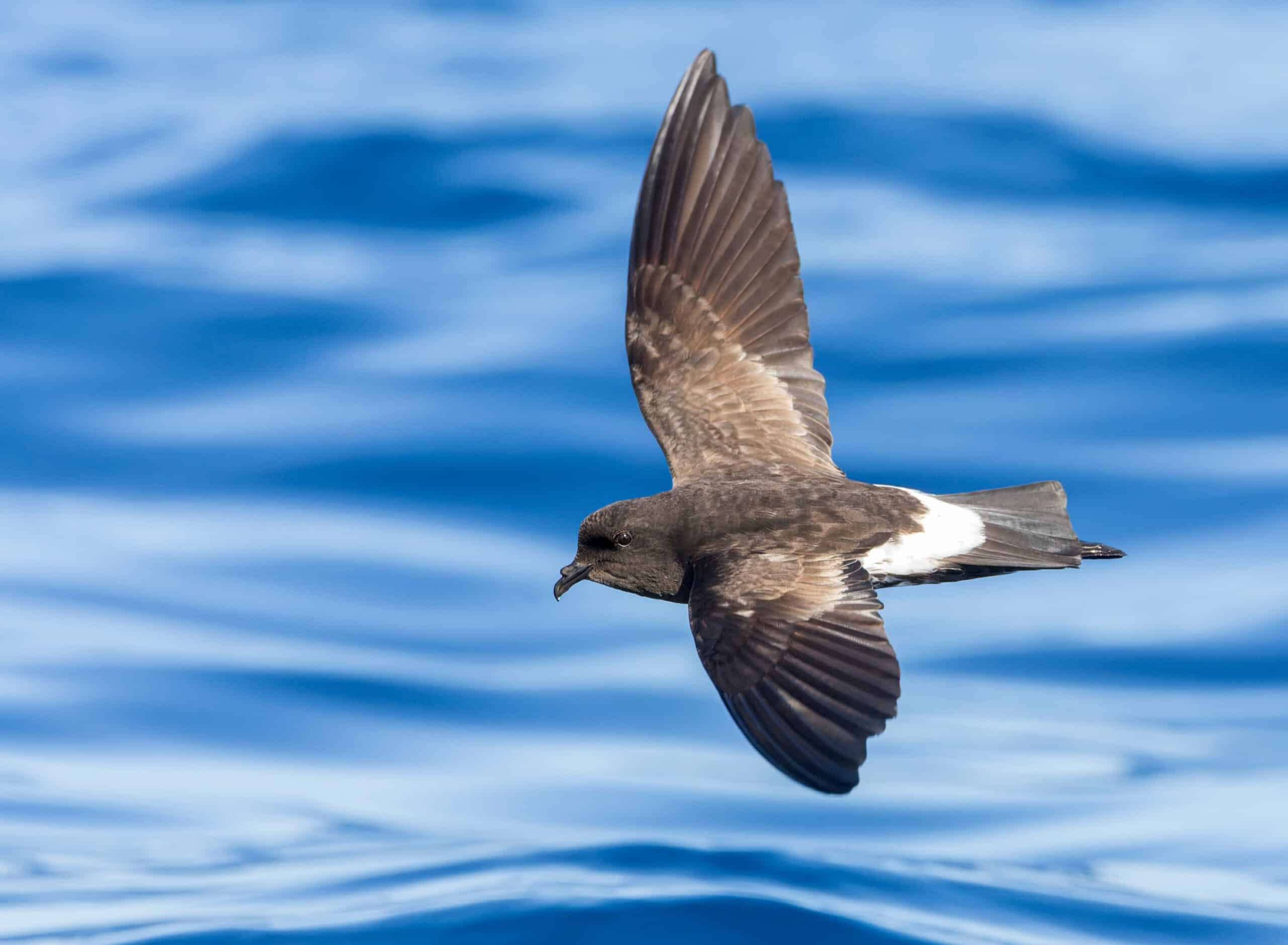
The New Zealand Storm-Petrel is a small seabird with a striking appearance. It has dark brown plumage with white underparts and a distinctive black streak on its belly. This bird measures about 20 cm in length, with a wingspan of approximately 46 cm. It inhabits the open ocean and is rarely seen near land except during the breeding season. Originating from New Zealand, this storm-petrel was once thought to be extinct. It was rediscovered in 2003. You can spot them in the Hauraki Gulf, near Auckland, New Zealand. Belonging to the Hydrobatidae family, their rarity stems from their tiny population and limited breeding sites.
Magenta Petrel (Pterodroma magentae)
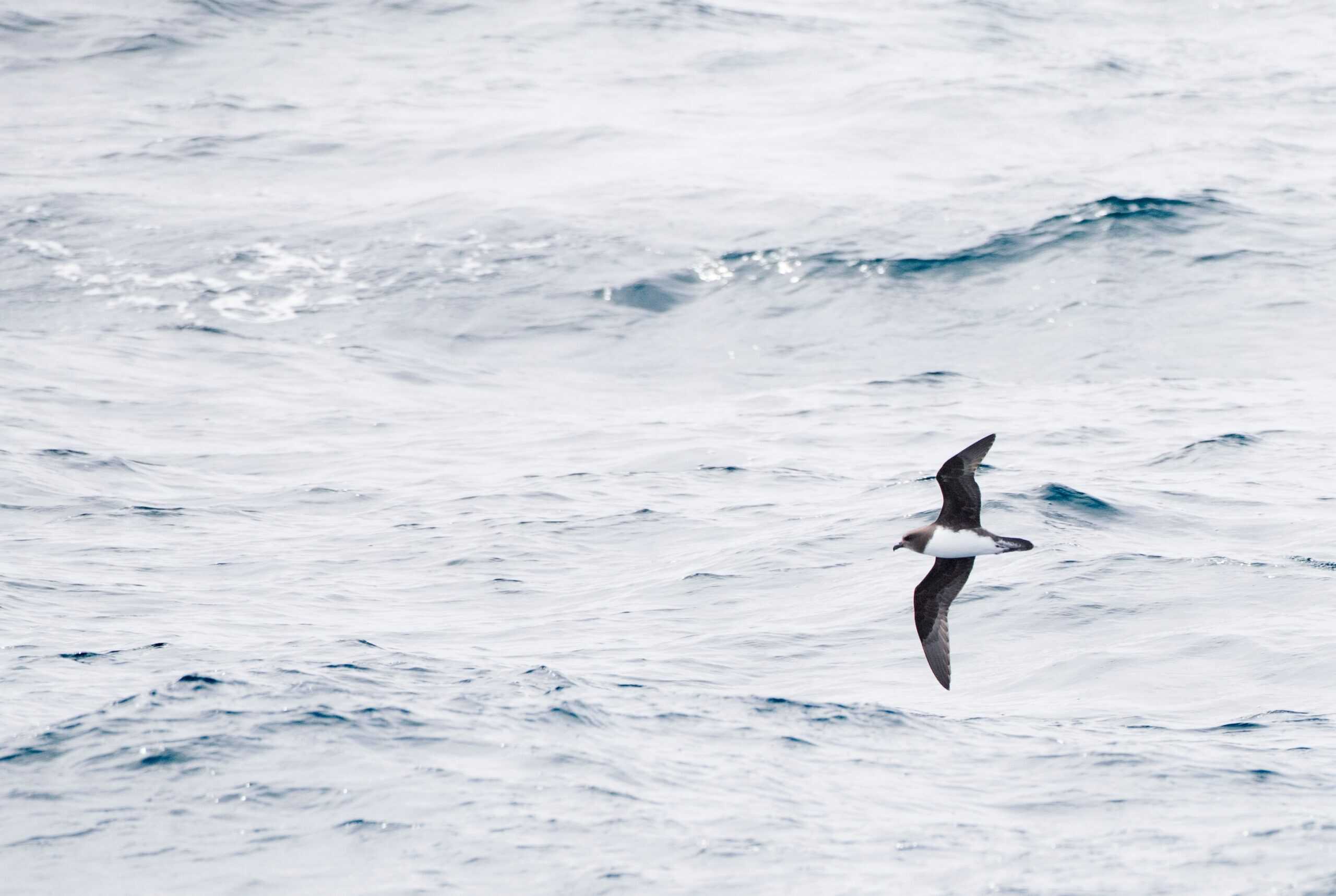
Also known as the Chatham Island Taiko, boasts a unique combination of dark gray and white plumage. These birds are about 38 cm long with a wingspan of 92 cm. They nest in burrows on the Chatham Islands, located east of New Zealand’s mainland. First discovered in the 1860s, the Magenta Petrel remained elusive for over a century. This bird is named after the Italian ship, the Magenta, which collected the first specimens. Today, it is found in the forested areas of Chatham Island. The Magenta Petrel is critically endangered, with fewer than 150 individuals left in the wild.
Balearic Shearwater (Puffinus mauretanicus)
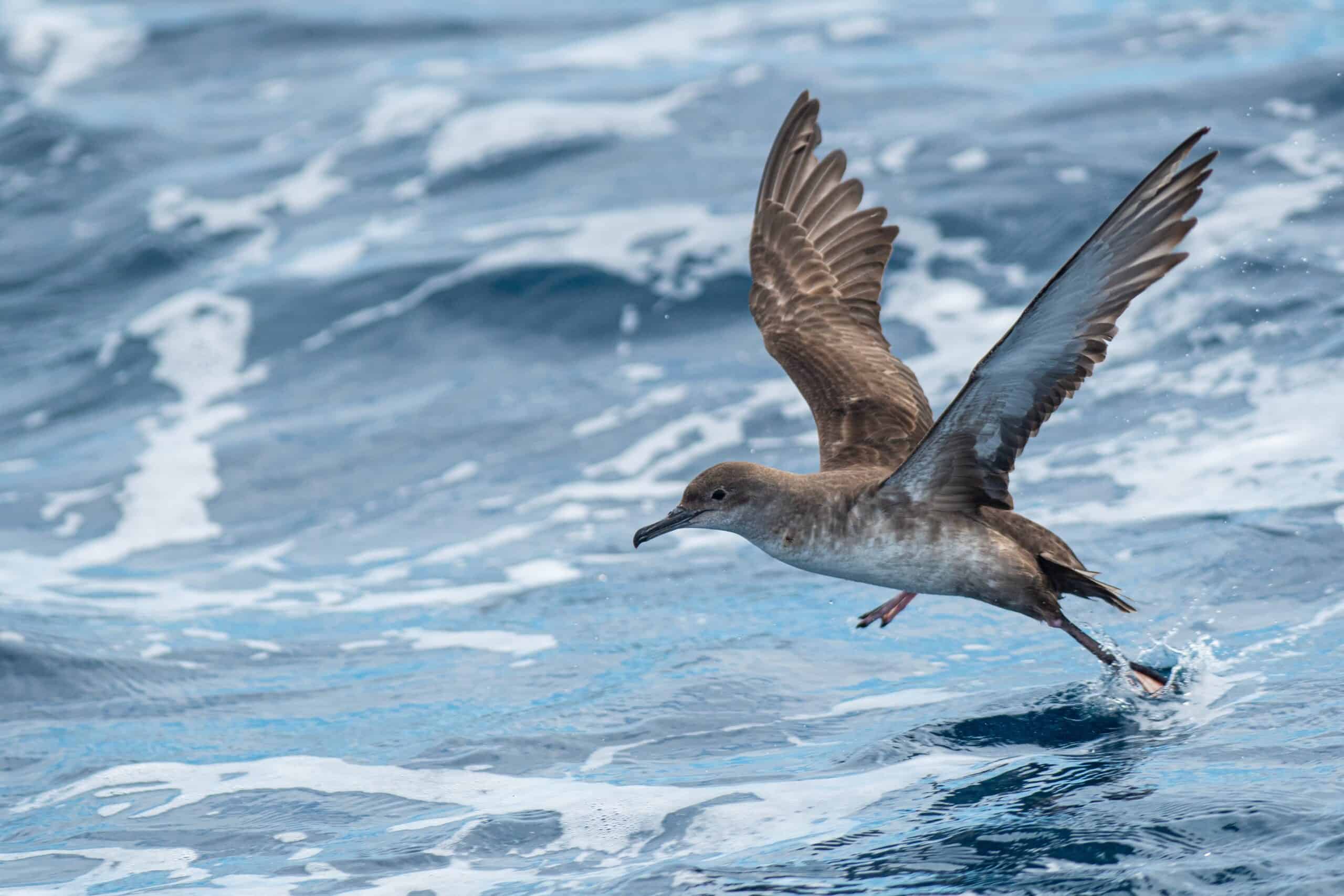
A medium-sized seabird with a brownish-grey upper body and a pale underside. Measuring around 34 cm in length and boasting a wingspan of 85 cm, these birds are excellent divers. They are typically found in the Mediterranean Sea, particularly around the Balearic Islands. This shearwater breeds on the Balearic Islands, with breeding colonies on rocky cliffs and small islets. Belonging to the Procellariidae family, they are threatened by habitat loss, overfishing, and pollution. They migrate to the Atlantic Ocean during the non-breeding season.
Bermuda Petrel (Pterodroma cahow)
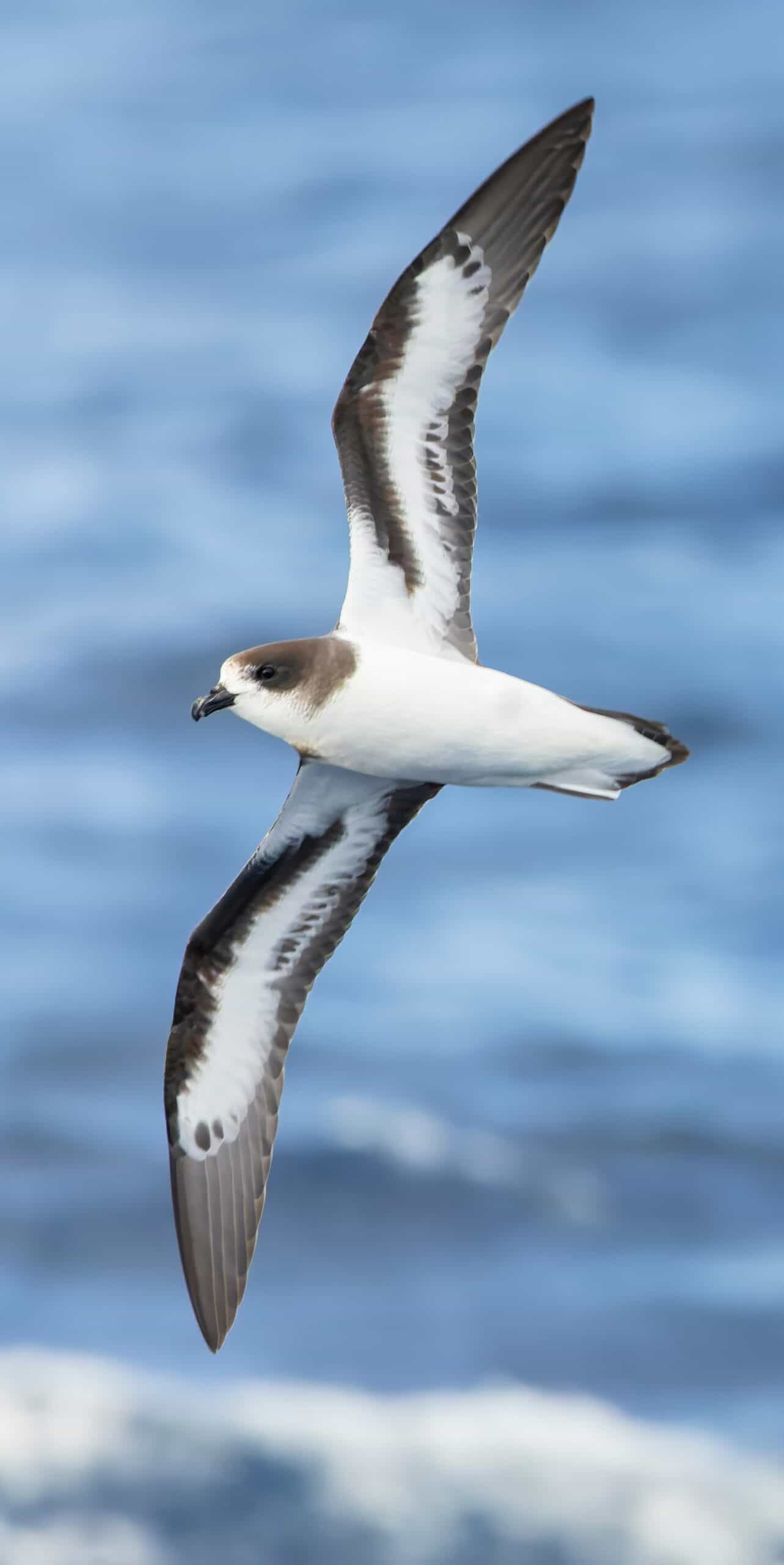
Also known as the Cahow, is a small, nocturnal seabird with dark grey upperparts and white underparts. These birds are approximately 36 cm long with a wingspan of 90 cm. They are primarily found in Bermuda, nesting in burrows on small, offshore islands. This petrel was believed extinct for over 300 years until its rediscovery in 1951. This Procellariidae seabird is one of the rarest species due to habitat degradation and invasive species. Visit Nonsuch Island in Bermuda during breeding season to see them, where restoration programs help them survive.
Galapagos Penguin (Spheniscus mendiculus)
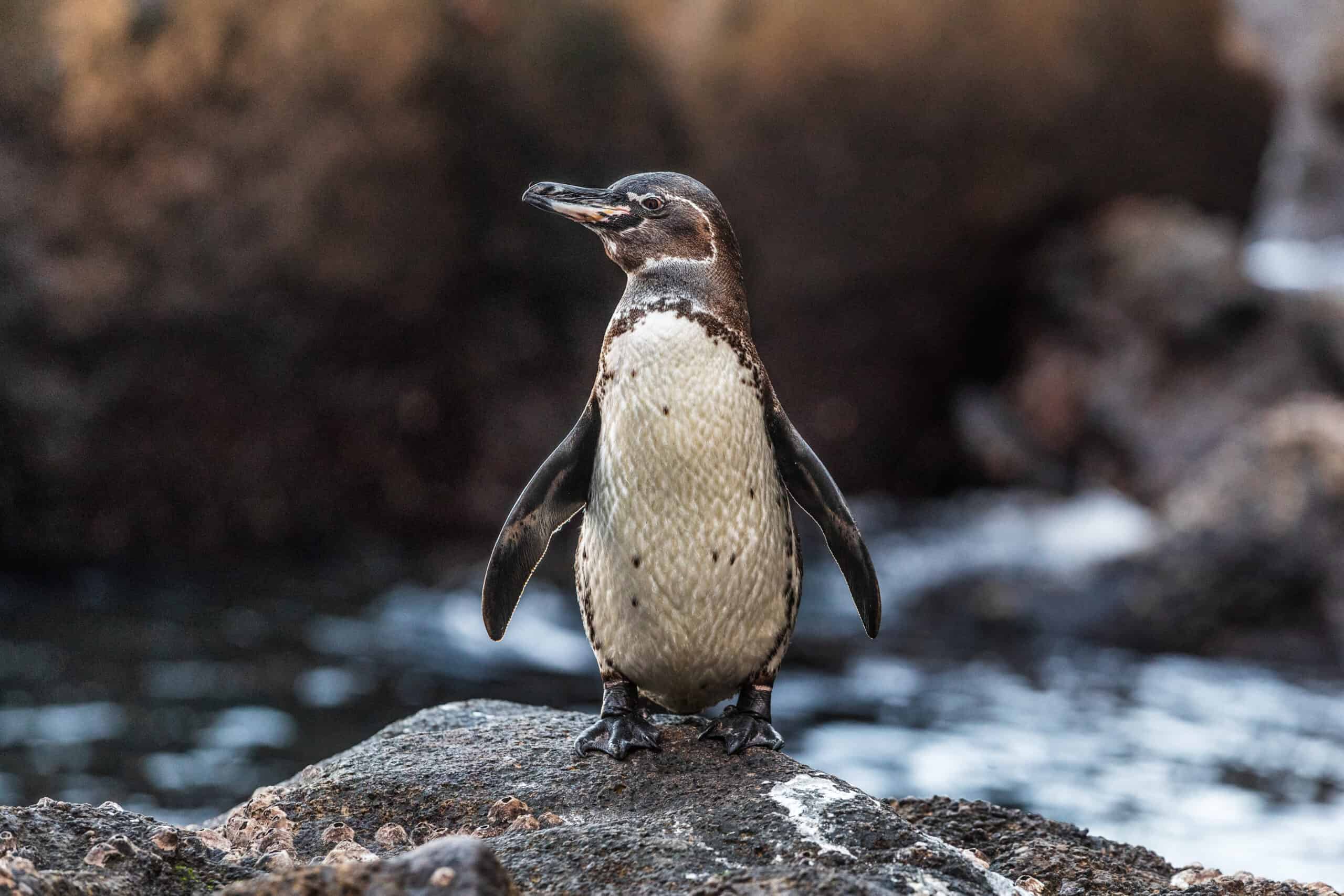
The Galapagos Penguin is one of the smallest penguin species. They stand about 49 cm tall and weigh around 2.5 kg. This unique penguin species is native to the Galapagos Islands. It inhabits the rocky shores and coastal waters. With a black head, white belly, and a distinct black band running across their chest, their appearance is striking. Belonging to the Spheniscidae family, these penguins are the only ones living north of the equator in the wild. Spot them primarily on Fernandina Island and the west coast of Isabela Island. The Galapagos Penguin is endangered, with fewer than 2,000 individuals left.
Black-fronted Tern (Chlidonias albostriatus)
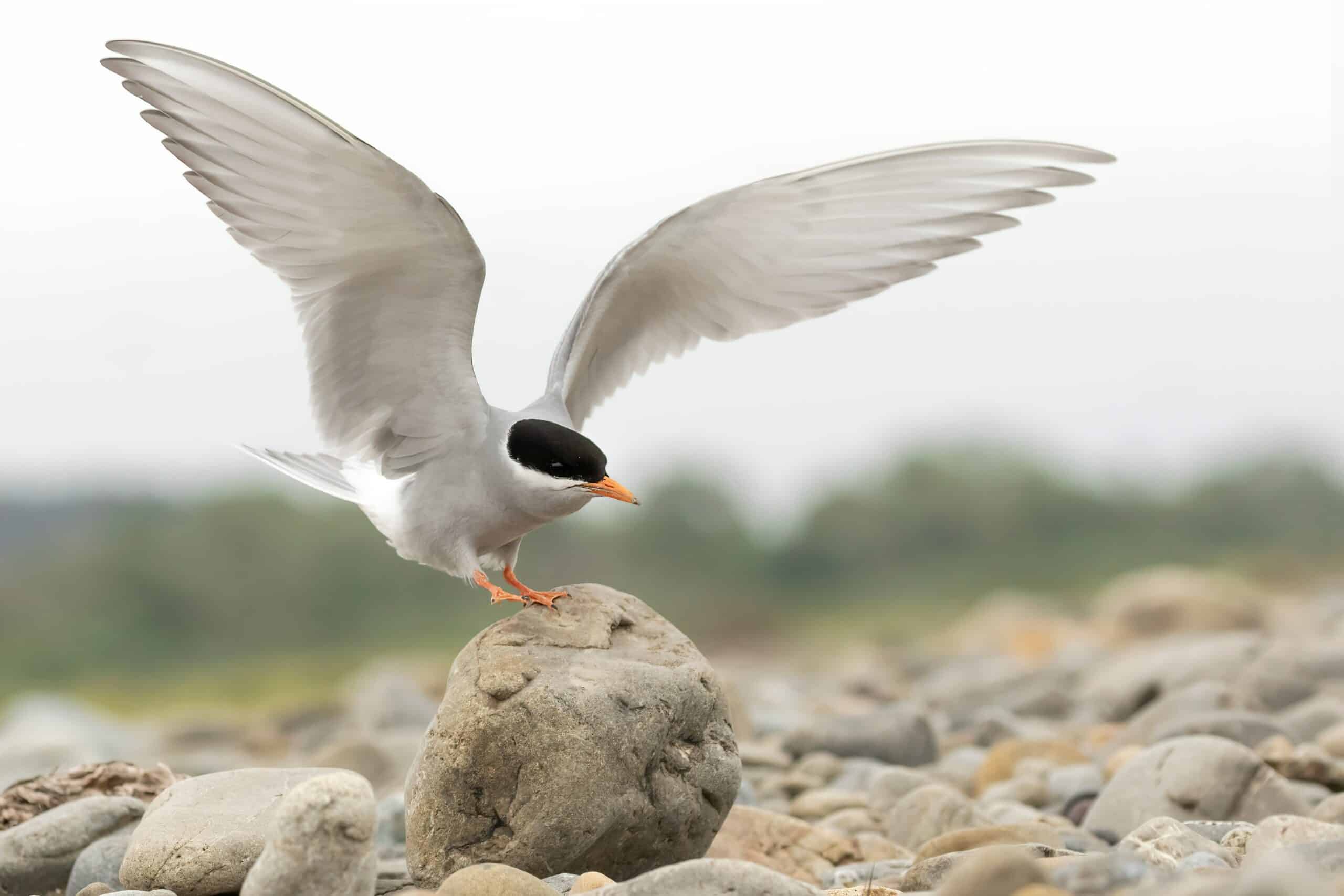
A small seabird, measuring about 29 cm in length. They weigh around 100-120 grams. These birds originate from New Zealand. They prefer braided river systems for breeding and coastal areas during the non-breeding season. The Black-fronted Tern has a sleek body with a distinctive black cap, white underparts, and grey wings. They belong to the Laridae family. Look for them along New Zealand’s South Island rivers and estuaries. They are classified as endangered due to habitat destruction, predation by introduced species, and human activities.
South Polar Skua (Stercorarius maccormicki)
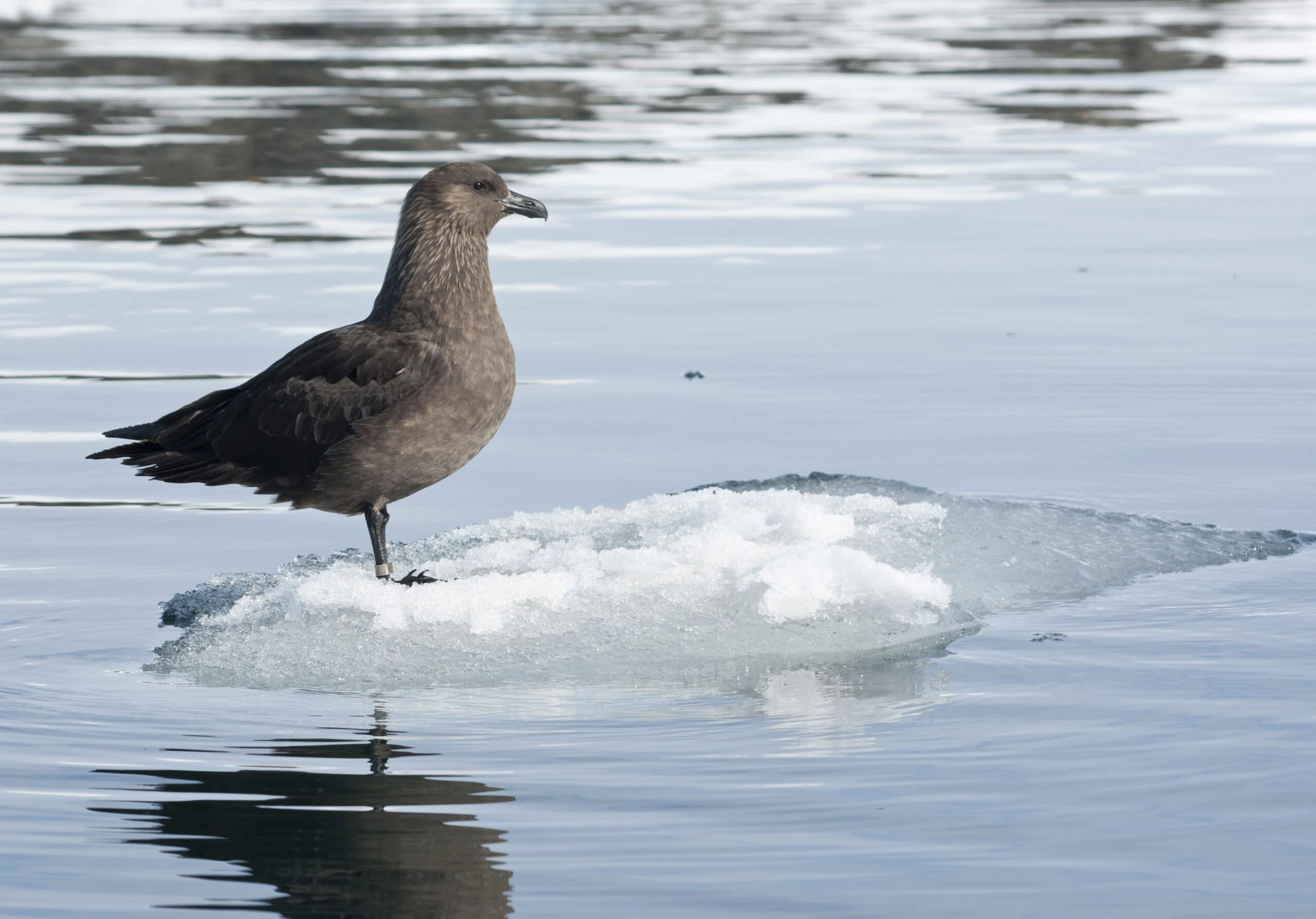
The South Polar Skua is a medium-sized seabird, measuring about 53-58 cm in length. They weigh between 1.2 to 2 kg. Originating from the Antarctic region, these birds are formidable hunters and scavengers. They have a dark brown plumage with lighter patches on the wings and a robust build. Skuas belong to the Stercorariidae family. Look for them on the Antarctic Peninsula and South American and Australian shores during migration. Despite not being endangered, their populations are subject to food and environmental changes.
Abbott’s Booby (Papasula abbotti)
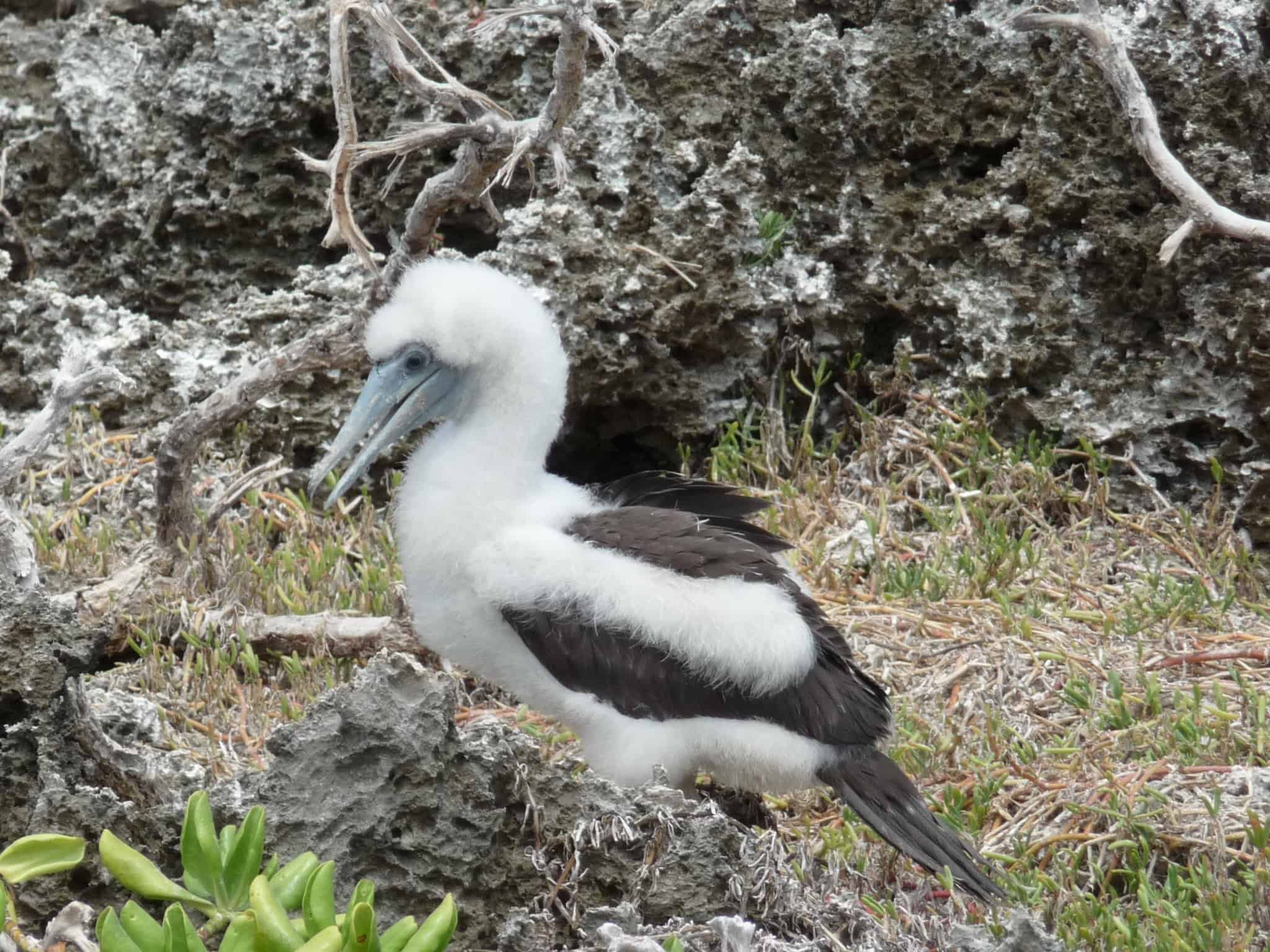
Abbott’s Booby is a large seabird, reaching up to 79 cm in length. They weigh around 1.5 kg. These birds are native to Christmas Island in the Indian Ocean. Their habitat includes tropical forests and coastal cliffs. They have a striking black-and-white plumage with a distinctive long tail and a blue-grey bill. They are part of the Sulidae family. To see them, visit Christmas Island, especially in the rainforest canopy. Abbott’s Booby is critically endangered, with less than 3,000 individuals remaining.
Red-footed Booby (Sula sula)
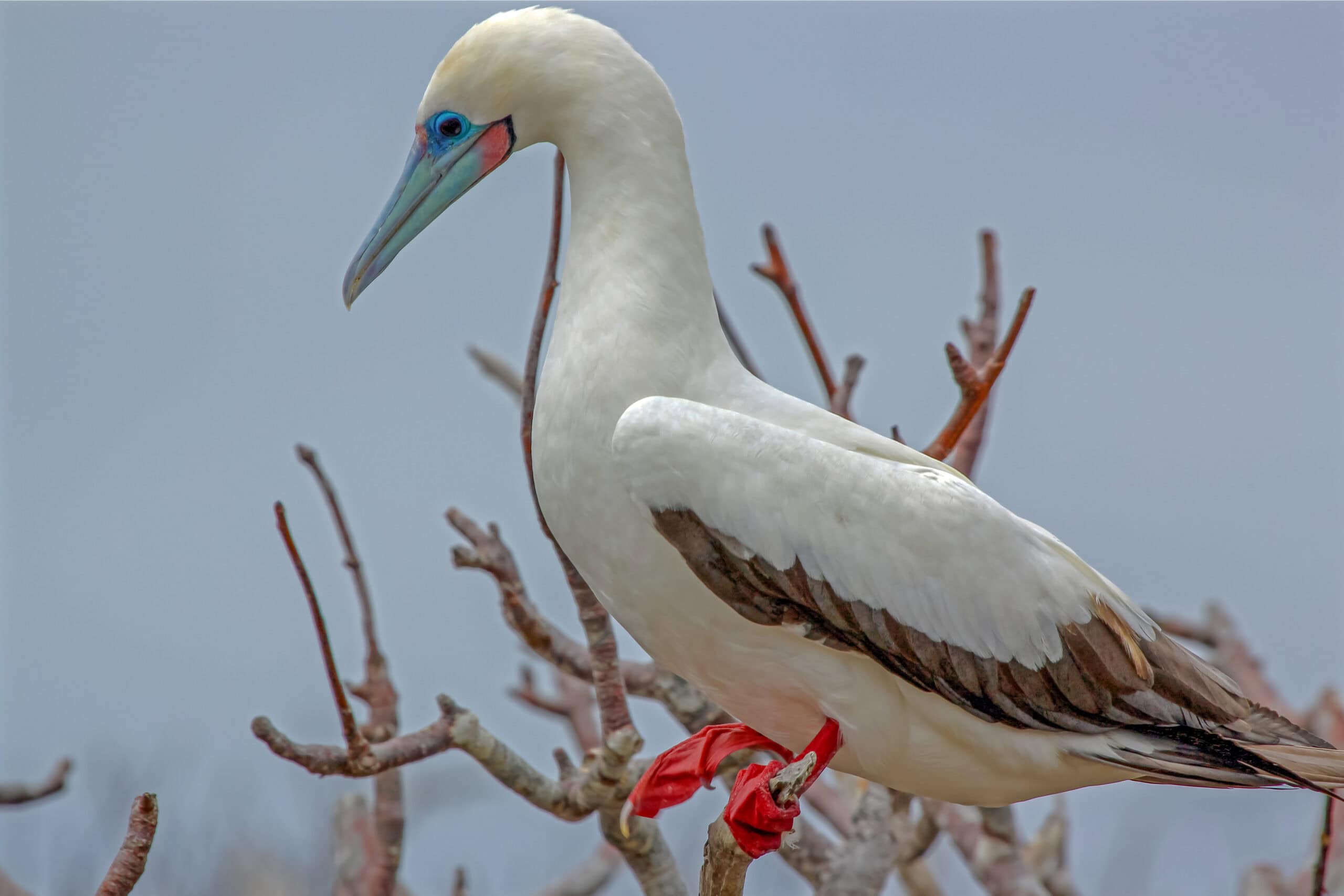
Red-footed Boobies come from tropical and subtropical oceans, part of the Sulidae family. They are medium-sized, about 28 inches long. Preferring warm oceanic islands, they nest in trees or shrubs. They have distinct red feet, a blue bill, and variable plumage ranging from white to brown. Spot them on islands in the Pacific, Atlantic, and Indian Oceans, including the Galapagos and the Caribbean. Though not endangered, they are considered vulnerable in some regions.
Amsterdam Albatross (Diomedea amsterdamensis)
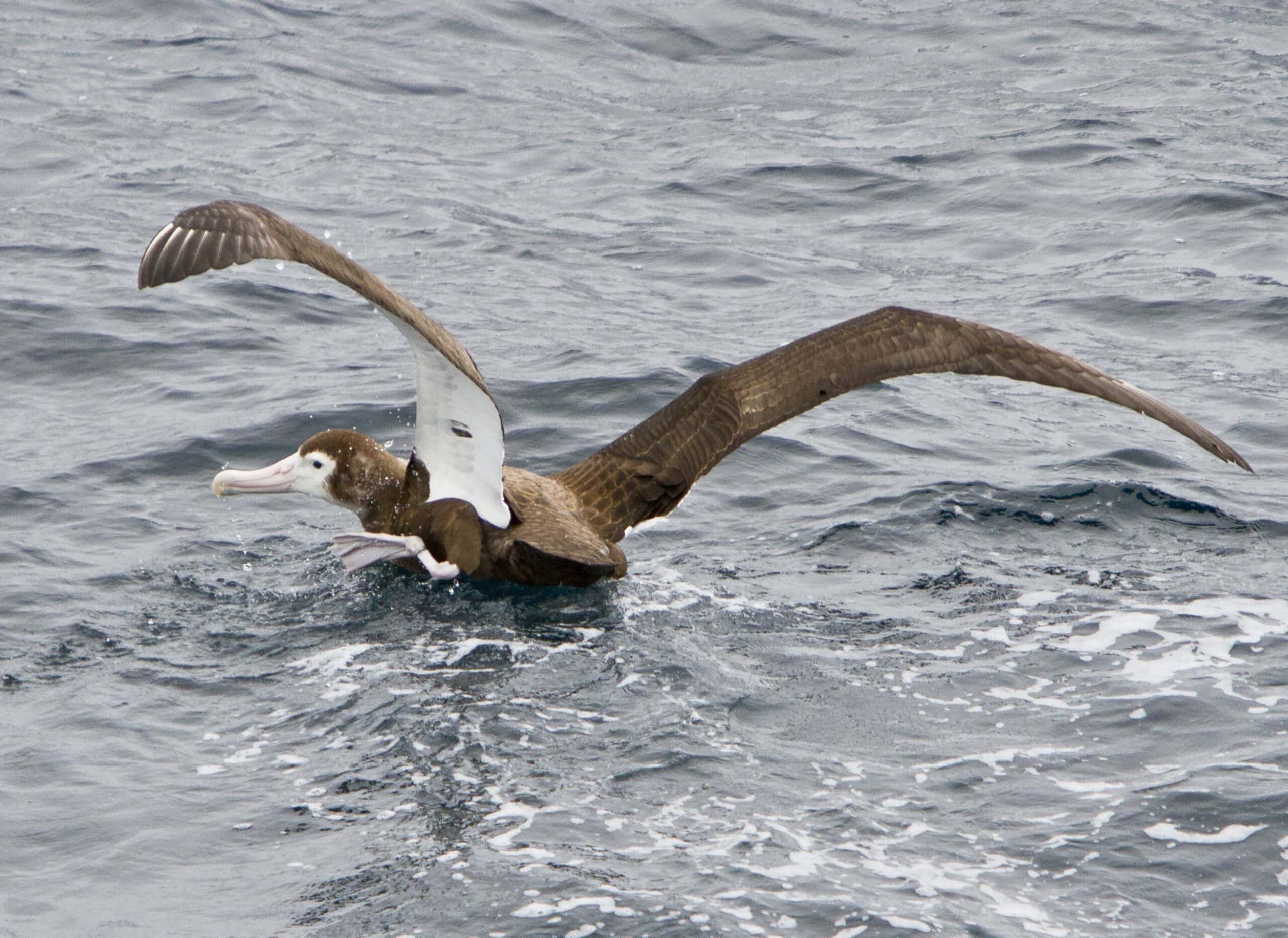
This albatross is native to Amsterdam Island in the southern Indian Ocean, from the Diomedeidae family. They are large seabirds, with a wingspan of up to 11 feet. They inhabit the open ocean and breed on the island’s plateau. With white heads and brown wings, they have a striking appearance. Spot them around Amsterdam Island during breeding season. The Amsterdam Albatross is critically endangered, with fewer than 100 mature individuals.
Tristan Albatross (Diomedea dabbenena)
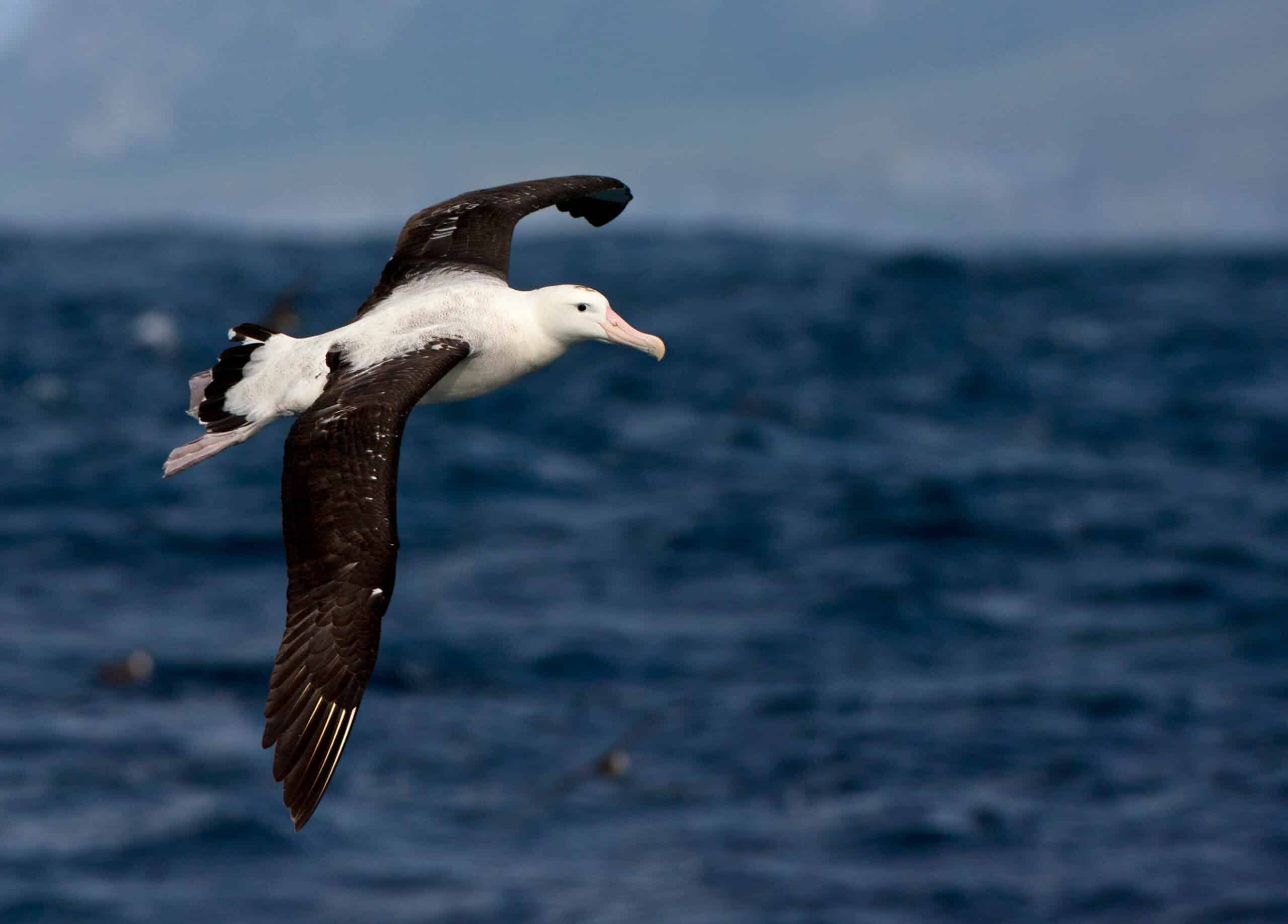
Originate from the Tristan da Cunha archipelago in the South Atlantic, belonging to the Diomedeidae family. These birds are large, with a wingspan reaching up to 11 feet. They nest on Gough Island and the main Tristan island. Their plumage is predominantly white with dark upper wings. You can spot them in the southern Atlantic Ocean near their breeding grounds. The Tristan Albatross is critically endangered, with an estimated 3,400 individuals.
This article originally appeared on Rarest.org.
More from Rarest.org
1939 Mercury Dime Value Guide

Despite its small size, the Winged Liberty Head dime, more commonly known as the Mercury dime, might be the most attractive coin the US Mint has ever made. Read More.
1940 Jefferson Nickel Value Guide
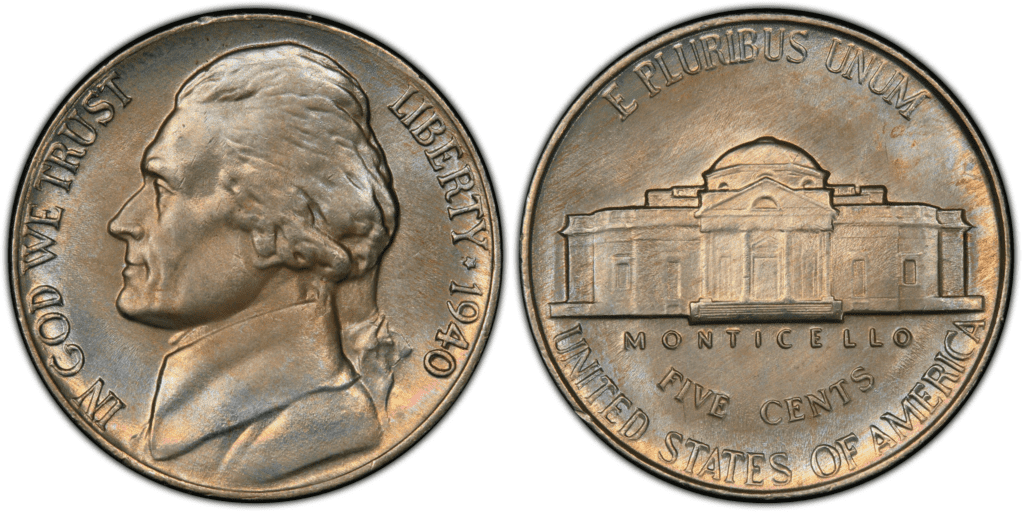
Buffalo nickels were discontinued in 1938, and 5-cent Jefferson nickels were introduced. The bust of former American President Thomas Jefferson that appears on the coin’s obverse inspired their moniker. Read More.
1940 Wheat Penny Value Guide
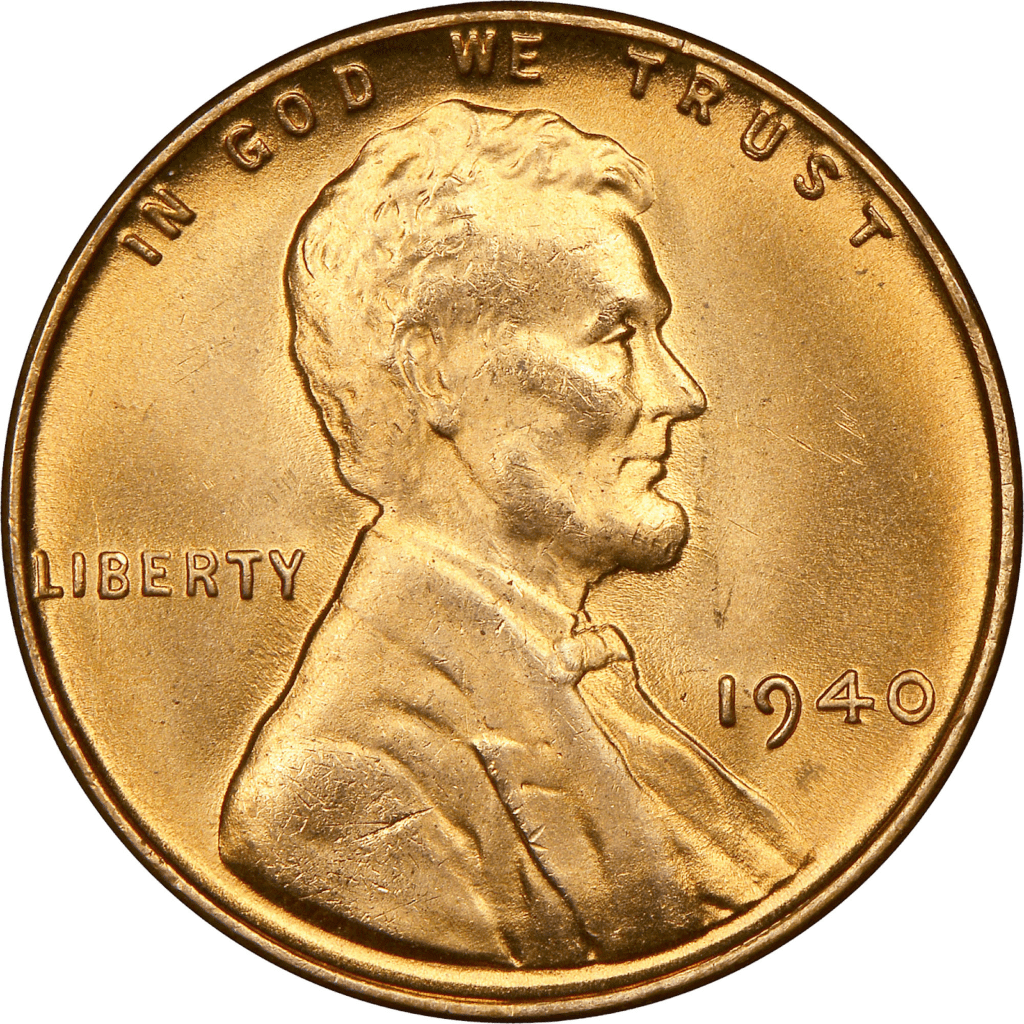
Although it is technically a Lincoln cent, because of the wheat stalks found on the coin’s reverse, most collectors refer to it as the Wheat Penny. These coins were made by the US Mint from 1909 to 1958, when the reverse was changed. Read More.
